Archives
- 2025-11
- 2025-10
- 2023-07
- 2023-06
- 2023-05
- 2023-04
- 2023-03
- 2023-02
- 2023-01
- 2022-12
- 2022-11
- 2022-10
- 2022-09
- 2022-08
- 2022-07
- 2022-06
- 2022-05
- 2022-04
- 2022-03
- 2022-02
- 2022-01
- 2021-12
- 2021-11
- 2021-10
- 2021-09
- 2021-08
- 2021-07
- 2021-06
- 2021-05
- 2021-04
- 2021-03
- 2021-02
- 2021-01
- 2020-12
- 2020-11
- 2020-10
- 2020-09
- 2020-08
- 2020-07
- 2020-06
- 2020-05
- 2020-04
- 2020-03
- 2020-02
- 2020-01
- 2019-12
- 2019-11
- 2019-10
- 2019-09
- 2019-08
- 2019-07
- 2019-06
- 2019-05
- 2019-04
- 2018-07
-
TgTCEA from petals TgTCEA and TgTCEB from pollen
2020-04-03

TgTCEA from petals (TgTCEA1) and TgTCEB from pollen grains (TgTCEB1) were used throughout the study. The recombinant enzymes were expressed in , and purified as the His-tag-free forms as described previously., Enzyme reactions were performed at 4 mM substrates under the same conditions as described
-
There is a functional ubiquitin association
2020-04-03
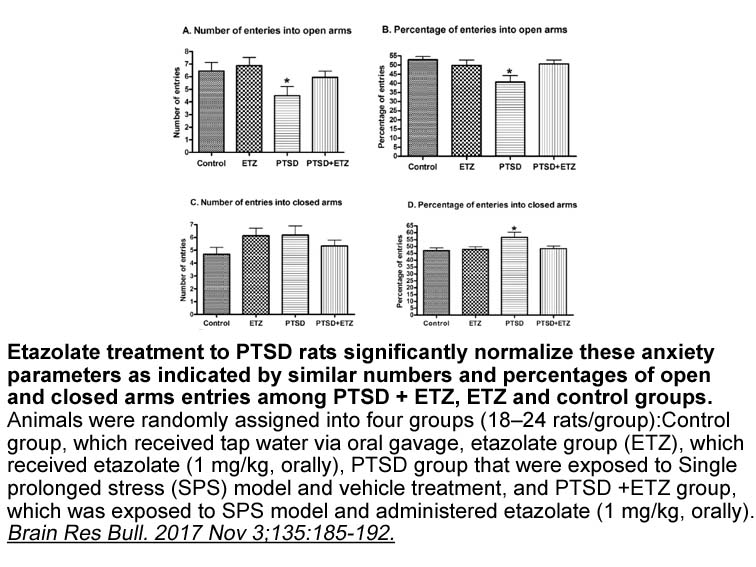
There is a functional ubiquitin association (UBA) domain at the N terminus of MCPIP1. Liang et al. have discovered that MCPIP1 may be a deubiquitinase and defined a novel DUB domain of MCPIP1 [22]. Ubiquitin and deubiquitin modification emerge as the key mechanisms that regulate the virus-induced ty
-
Both anxiogenic and antinociceptive effects produced by CRF
2020-04-02

Both anxiogenic and antinociceptive effects produced by CRF seem to be selective for the CRF1 receptor, since intra-dPAG microinjection of ASV 30, a CRF2 receptor antagonist, altered neither the anxiety nor the antinociception response. Intra-dPAG ASV 30 was also unable to prevent the anxiogenic (ob
-
It is also critical that APC CCDC
2020-04-02
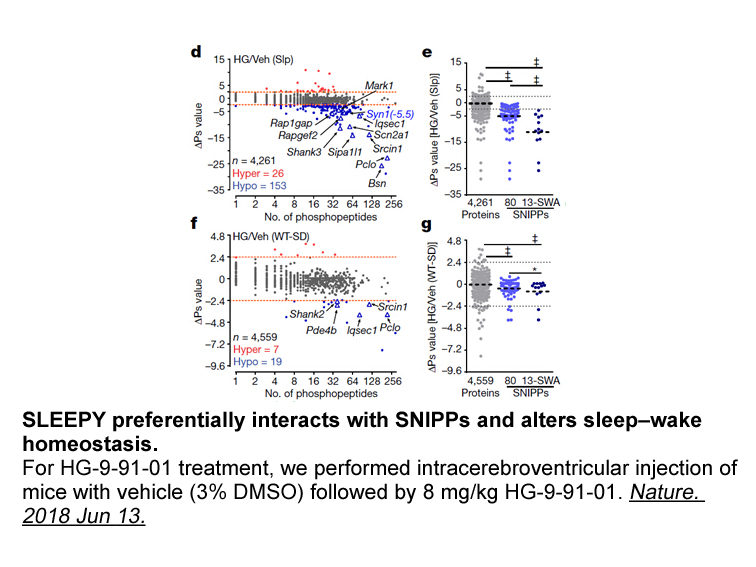
It is also critical that APC/CCDC20 is inhibited by MCC during the spindle assembly checkpoint, prior to correct chromosome alignment on the mitotic spindle (Box 1, reviewed in 13, 34). As proposed in [13] and demonstrated in [82], human MCC is a heterotetrameric complex consisting of its own molecu
-
br A brief introduction to
2020-04-02
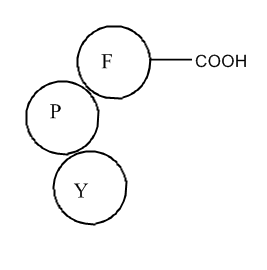
A brief introduction to DUBs The reversal of ubiquitin conjugation of targeted proteins relies on deubiquitinating SB-334867 free base (DUBs), which catalytically cleave single Ub or poly-ubiquitin chains from proteins. The human genome encodes approximately 100 potential DUBs which can be classi
-
br Conclusion In conclusion our
2020-04-02

Conclusion In conclusion, our findings do not suggest that HT is an important determinant of future AD risk and are in line with a recent Cochrane review stating that HT is not indicated for preventing dementia or cognitive decline in postmenopausal women [13]. Contributors Conflict of inte
-
Overall we found that all
2020-04-02
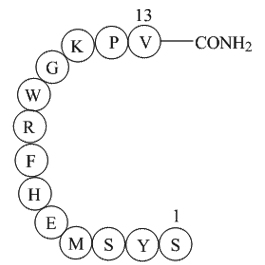
Overall, we found that all hormone treatment groups were able to learn spatial working and reference memory tasks, as shown by their performance across days on the WRAM (days 2–12, collapsed across the 4 trials) and the MWM (days 1–5, collapsed across the 4 trials). During the acquisition phase of t
-
Prostaglandin E receptor subtype EP is a
2020-04-02
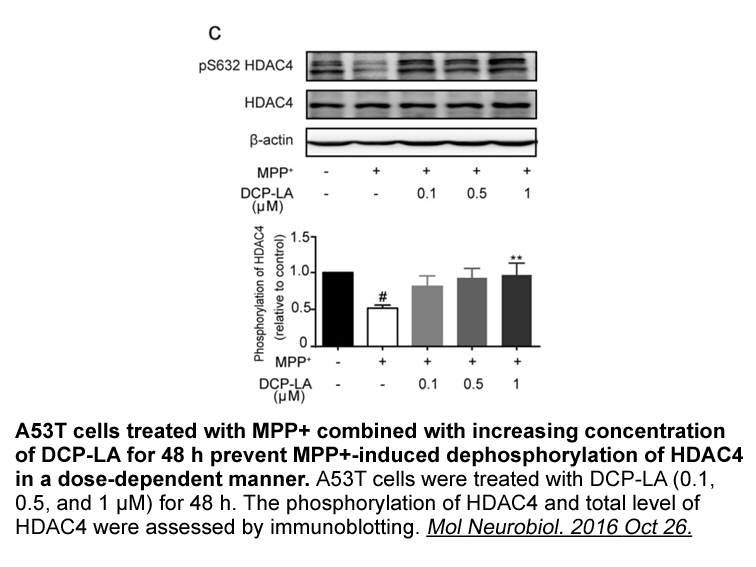
Prostaglandin E receptor subtype 4 (EP4) is a transmembrane G-coupled protein receptor activated by prostaglandin E2 (PGE2). EP4 activation exerts anti-inflammatory effects in adipose tissue by dampening the levels of inflammatory chemokines [12]. In the mouse, EP4 deficiency aggravates fragmentatio
-
Previously we have described increased expression
2020-04-02

Previously, we have described increased expression of both cytokine and chemokine mRNA (e.g. MCP-5 and fractalkine) in the left ventricle of male EP4-KO mice with dilated cardiomyopathy [2]. Takayama et al. [31] have shown that PGE2 potently inhibits cytokine/chemokine secretion (MCP-1, interleukin
-
Within the X CX PX
2020-04-02
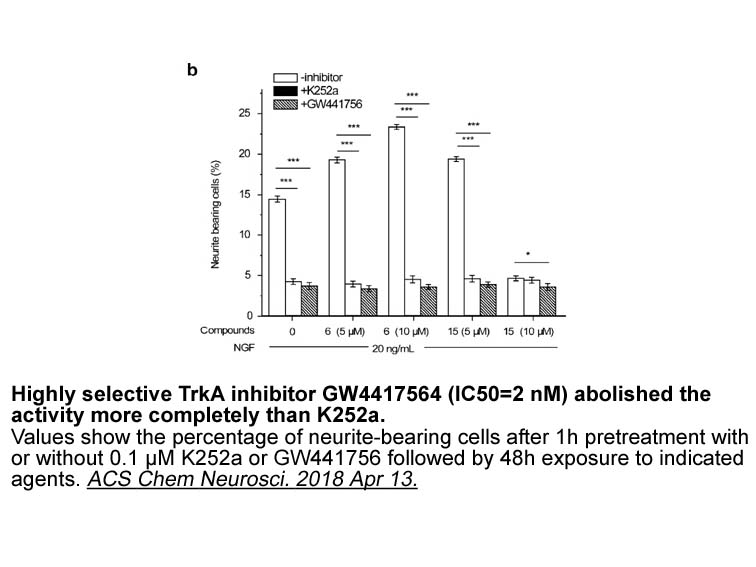
Within the X1CX3PX5RX7 motif of several prokaryotic FGE substrates, the residues of X3, X5, and X7 are variably found as mixtures of alanine, glycine, threonine, or serine residues [26], [27]. The docked model of our identified HCTPRRP motif revealed that position X1 (H1) and position X7 (P7) were n
-
As shown in Fig there
2020-04-02
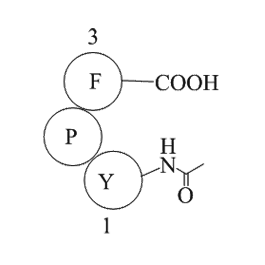
As shown in Fig. 9, there are two mechanisms for the removal of the Va-acyl group from PC to make it available for incorporation into TAG with DGATs\' acting at the final acylation step. ①: Transfer of Va from PC to the acyl-CoA pool. This process can be driven by the reverse action of acyl- CoA:lys
-
The CYP A genes are regulated physiologically
2020-04-01

The CYP3A genes are regulated physiologically by glucocorticosteroids, growth hormone, thyroid hormones and cytokines [13, 20, 30]. It has been shown that glucocorticoid receptor (GR), pregnane X receptor (PXR), constitutive androstane receptor (CAR) and vitamin D receptor (VDR) play an important ro
-
Here we describe a novel series of arylazoderivatives develo
2020-04-01

Here, we describe a novel series of arylazoderivatives developed from CAN508, one of the first known selective CDK9 inhibitors. We focused on modification of both ends of parental molecule, CAN508, in order to improve cytotoxicity and CDK activity. We therefore analyzed how changes in molecules will
-
Another option is to use the
2020-04-01
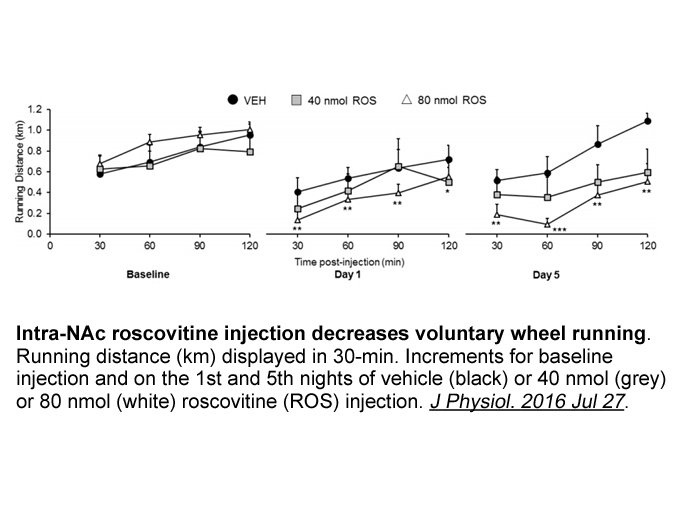
Another option is to use the thiol groups of cysteine residues, which can be modified by use of PEG-maleimide and vinyl sulfone. However, changes in PEGylation interactions or reaction conditions can result in changes in the functional properties of the therapeutic proteins [[50], [51], [52]]. A st
-
CPG a metalloenzyme derived from
2020-04-01
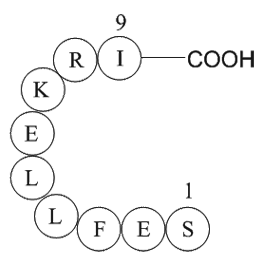
CPG2, a metalloenzyme derived from sp., was the elected enzyme for the first pilot-scale clinical trial of ADEPT. This enzyme has no mammalian homologue and activates glutamic Seratrodast prodrug derivatives of several nitrogen mustards alkylating agents., , , , , A bond cleavable by CPG2 is esse
11298 records 566/754 page Previous Next First page 上5页 566567568569570 下5页 Last page